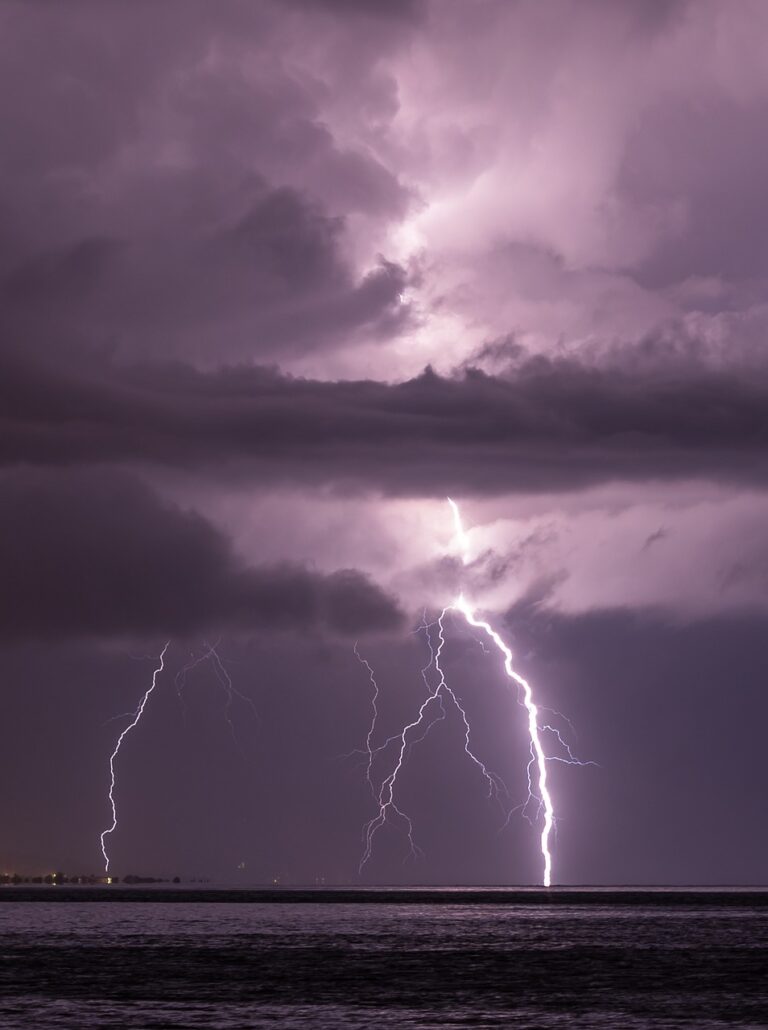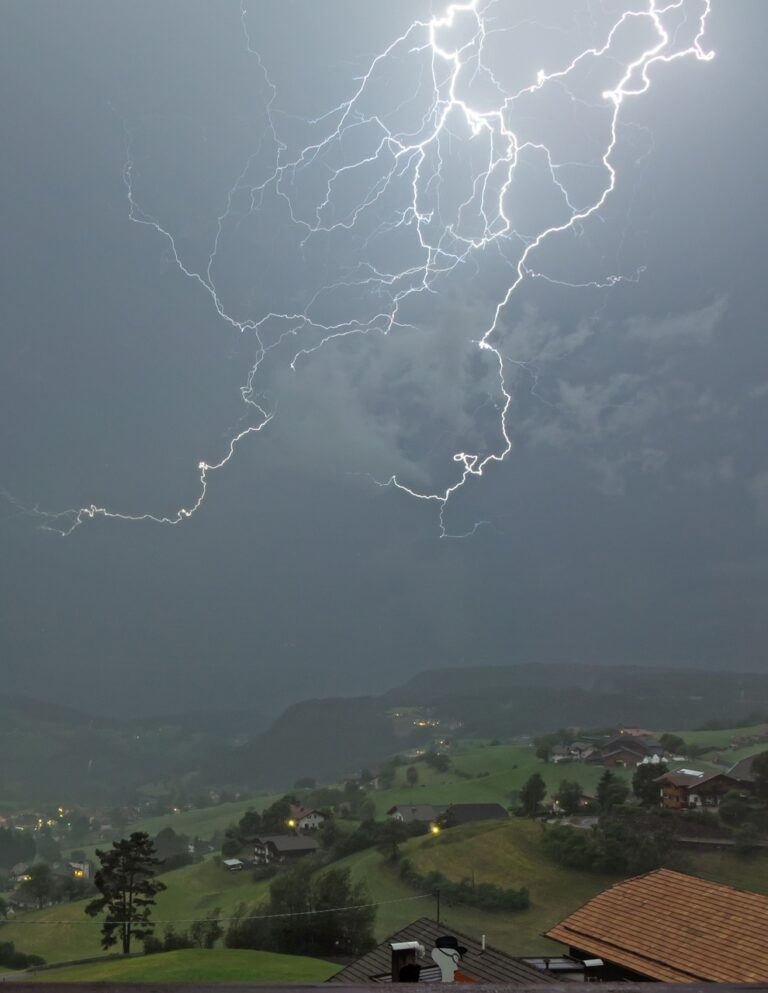Houston Metro Rocked by Destructive Derecho, Leaving Path of Devastation

A powerful line of severe thunderstorms tore through southeastern Texas and Louisiana on Thursday, unleashing winds of up to 100 mph in the Houston area. The National Weather Service (NWS) classified the event as a derecho, a widespread and long-lived windstorm associated with a band of rapidly moving showers or thunderstorms. The storm left a trail of destruction, claiming the lives of at least seven people, including a mother of a newborn, and leaving more than 1 million power customers without electricity.
Extreme Winds Cause Widespread Damage

The extreme wind gusts, reaching speeds of up to 100 mph, shattered windows of high-rise buildings and caused transmission towers holding power lines to crumble. PowerOutage.us reported that over 800,000 people in the Houston metro area lost power, with the state’s total outage count climbing to well over 1 million customers at the storm’s peak. As of early Saturday morning, more than half a million were still without power in Houston.
NWS storm survey teams confirmed that much of the damage across the Houston area was caused by straight-line winds from extreme thunderstorm downdrafts, with one EF-1 tornado confirmed near Cypress. The strongest gust recorded by a wind gauge was 78 mph in the Highlands neighborhood, but survey teams estimated thunderstorm gusts reached 90-100 mph in Baytown, while Downtown Houston experienced “significant” straight-line winds peaking at 100 mph.
President Joe Biden declared seven counties as a major disaster, allowing FEMA to approve assistance and provide storm victims access to small business loans. The declaration will help residents and businesses recover from the devastating effects of the derecho.
Rapid Development Catches Forecasters Off Guard
Meteorologists were surprised by the intensity of the storms, which developed rapidly over a short period. At 5 p.m., Houston was calm, but by 5:30 p.m., the skies had darkened, temperatures plummeted, and the city experienced one of the most severe thunderstorms in decades.
The fierce thunderstorms and at least one tornado that roared through Greater Houston on Thursday startled seasoned forecasters who mostly expected the approaching weather to dissipate. In interviews, they described an uncommon mix of weather events as the storms moved east of Houston, intensified over the Cypress area, and ultimately pounded parts of downtown.
While not unprecedented, meteorologists cautioned that the odds of similar disasters could increase in the future as temperatures continue to rise due to global climate change. Atmospheric changes caused by a warming planet can “act as fuel” for the type of storms that ravaged Houston on Thursday.

Road to Recovery Begins

As the region begins to recover from the devastating storm, some residents may have to wait weeks for power to be restored due to the extensive and widespread damage caused by the derecho. The high winds knocked down power lines across the region, leaving nearly a million homes and businesses without electricity.
In addition to the power outages, the storm also caused significant damage to buildings and infrastructure. The powerful winds pummeled downtown high-rises, causing windows to shatter and sending glass crashing down to the street. The destruction left behind by the derecho will require a significant cleanup and rebuilding effort in the affected areas.
Houston Faces Long Road to Recovery, Highlights Need for Preparedness

The derecho that struck the Houston metro area on Thursday serves as a stark reminder of the destructive power of severe weather events. As the region begins the long road to recovery, residents and businesses will need to come together to support one another and rebuild their communities.
With the potential for more frequent and intense storms in the future due to climate change, it is crucial that cities like Houston continue to invest in resilient infrastructure and emergency preparedness measures to protect their residents from the devastating effects of severe weather events. By learning from this experience and taking proactive steps to mitigate the impact of future storms, Houston can become a more resilient and prepared community in the face of a changing climate.



